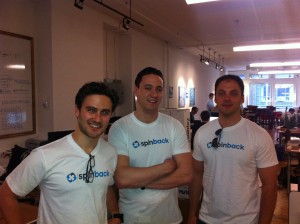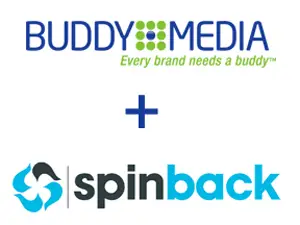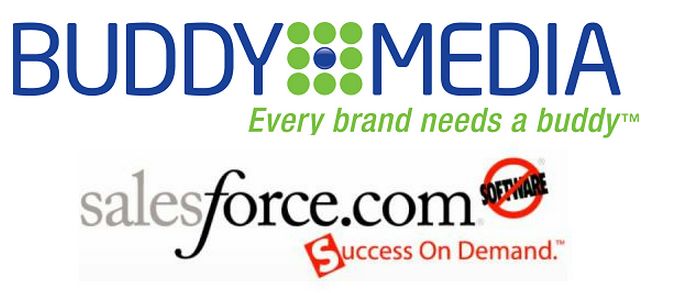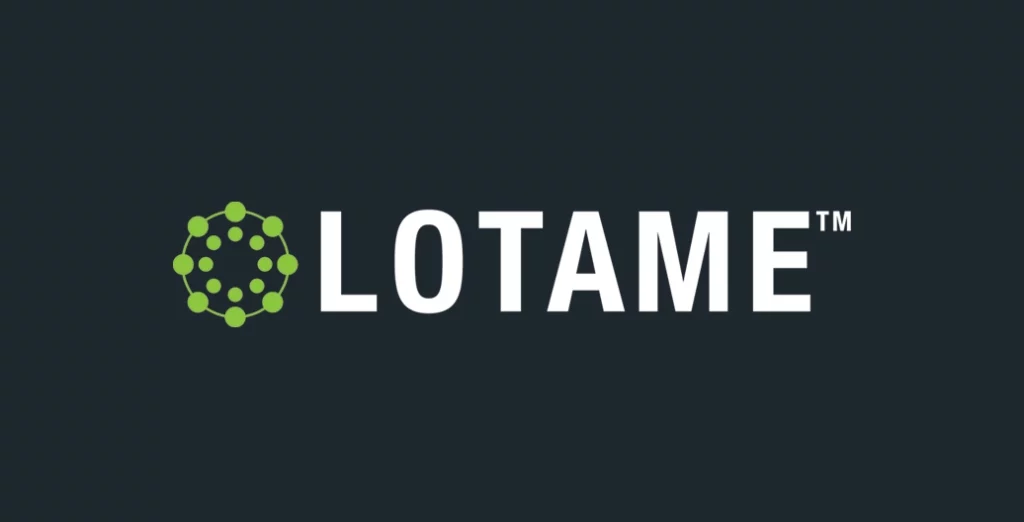How To Make Slack Work For Your Business
There is a tidal wave coming and it’s changing the way we do work. We caught a glimpse of it in 2014 when Facebook acquired WhatsApp for $19 billion. Forget for a moment that the company only had 30 engineers. The fact that Facebook was willing to pay such a high price for this asset was a window into the world to come. That window showed us how important and scalable messaging can be. That window of messaging is only getting bigger.
Less than two weeks ago, Slack completed a $200 million round of financing at a $3.8 billion valuation. This is largely due to the fact that they were able to grow from about 15,000 daily users to over 500,000 daily active users in less than a year. That’s over 33x growth in just 12 months. They could be the fastest growing software company of all time.
People now are beginning to ask why? Why are companies rapidly adopting conversational platforms like Slack? Why do we need it when we already have things like email? And more importantly, how can we use it in our organization when it seems like just another tool to add to the mess of tools? As one CEO of a large technology company told me, “we already have email, Gchat, Facebook messenger, text messaging and WhatsApp. What do I need one more tool for?”
Perhaps the best way to answer this question is to look at one of the most successful CEO’s of all time, Andy Grove from Intel. In the 1980’s he also saw a tidal wave coming and he used it to his advantage to outperform his competitors, namely the Japanese DRAM manufacturers. The Japanese would work in the same rooms, side by side, in order to foster the most efficient means of team communication. However, the tidal wave that would help shift things in Intel’s favor, was their rapid adoption of electronic email, especially as the business became more global. From Andy Grove’s, High Output Management:
The informed use of e-mail— short for computer-to-computer electronic messaging— results in two fundamentally simple but startling implications. It turns days into minutes, and the originator of a message can reach dozens or more of his or her co-workers with the same effort it takes to reach just one. As a result, if your organization uses e-mail, a lot more people know what’s going on in your business than did before, and they know it a lot faster than they used to.
Now we have electronic conversation and thanks to companies like Slack, which have matured and polished this form of communication, it is now easier than ever to collaborate and work. It doesn’t turn “days into minutes” but minutes into seconds.
So how can you create “high output management” process and organization on top of Slack to accelerate your business and productivity? Here are five tips to best utilize Slack to organize your teams for optimal efficiency.
- Organize around key objectives. You have a sales team, a customer success team, an account management team, and maybe 5 other teams that touch the customer. Do you create one channel or group for each team? Do you create one channel for each customer? Do you create a generic sales channel? This answer will largely depend on the size and scope of the company. Consider the following scenario, which could be taken from an ordinary day at a large enterprise software company. You have an account executive working on large multi-million dollar deal. That deal represents one customer but requires the help of at least 10 people from various parts of the company including management, product and engineering. We’ll call that deal the “IBM” deal. In this example, it probably makes sense to create one dedicated channel for IBM, however it probably does not make sense to create channels for each and every account. Understanding the most pressing key objectives at your company is a good guiding light to how your team should organize in Slack.
- Real-time leading indicators. One of Slack’s innovations is their ability to integrate with third party systems and services. For example, every time our engineering team pushes out an update or fix, I can see the real time update and context around that update in a stream. Our engineering team uses this to gauge the pulse and health of our company’s engineering output. Before slack, this data was more obfuscated living in different silos. Now the entire team can optionally check in to gauge velocity on product. This concept of real time leading indicators can work in a sales situation too. Consider the scenario where a sales rep has five meetings but forgets to follow up with all five customers. Wouldn’t it be helpful to automatically and in real-time notify the sales rep that they forgot to follow up? This is the power of Slack. We can now seamlessly integrate with third party data sets and make those leading indicators available in real time for all, or just some, to see.
- Workflow. At Troops, when someone signs up for our newsletter, we get a real time alert that someone signed up. Moreover, we append third party data in real time so we can give the team greater context of who exactly the person is. For example, if john@smith.com signs up, we can quickly determine who he works for, what the company size looks like, where it’s located, what he’s been talking about, all in a fraction of a second simply by looking at just his email address. If we think the person is a VIP of sorts and needs immediate attention, we can quickly start a dialogue around the alert. The team can quickly give an emoji thumbs up or thumbs down on how valuable that person is, and if enough ‘thumbs ups’ are accumulated, a sales rep can reach out in real time. There are all sorts ways the messaging stream can be adapted to custom workflow but this is just one example.
- Cultural Development. If you ask someone about Slack that has any familiarity with it, you might hear them mention the word “giphie” within the first five seconds. Many people recognize that Slack itself just makes work more fun. But fun, has a very real implication on culture and productivity. If left unchecked, it can erode productivity. However, if embraced correctly, it can enhance culture and subsequently drive happiness and efficiency. At Troops, we are automatically surfacing client wins in real time in Slack. This happens automatically and ties in unique content to drive a stronger, sales-oriented culture. Before Slack, companies would resort to things like trophies, sales gongs, and bonuses, which is especially hard if teams are spread out across multiple geographies or time zones. Now, there is a greater ability to increase culture through “digital gongs” and celebration, across large teams or sub-sets of teams.
- Speed. As you are reading this article, it’s likely that you have over ten web browser tabs open. Each tab represents entirely different context, modes of thinking and ways of working. When you consolidate systems and services into one stream or one messaging interface, you can begin to increase the speed at which you do work. For example, at Troops we are able to execute commands in third party systems like Salesforce, Gmail, Calendar, and GitHub all from within one command line. This is very analogous to the google search box. Instead of having to click through a set of listings to find information, you can simply type a request and have Google spit back the information to you. Slack represents a similar opportunity, only this time, you can get more creative with what type of information you search for, what is returned, how it is returned, and who it is returned to.
This is just a short, high-level list of ways you should be thinking about maximizing the use of Slack and the other conversational platforms to come within your organization. If you think this trend is fleeting or that these messaging tools are just a fad, consider this. WeChat, another messaging platform in China, already has 20 million companies selling and marketing products through a messaging interface. This change in user behavior is so profound that it has driven Microsoft’s CEO Satya Nadella, to orient the company around this paradigm shift, and it seems this is his first major product decision that deviates from Microsoft’s legacy product lines. It’s still early days and we’re going to see the next wave of enterprise solutions being created through messaging interfaces like Slack.
What questions or comments do you have about Slack?











